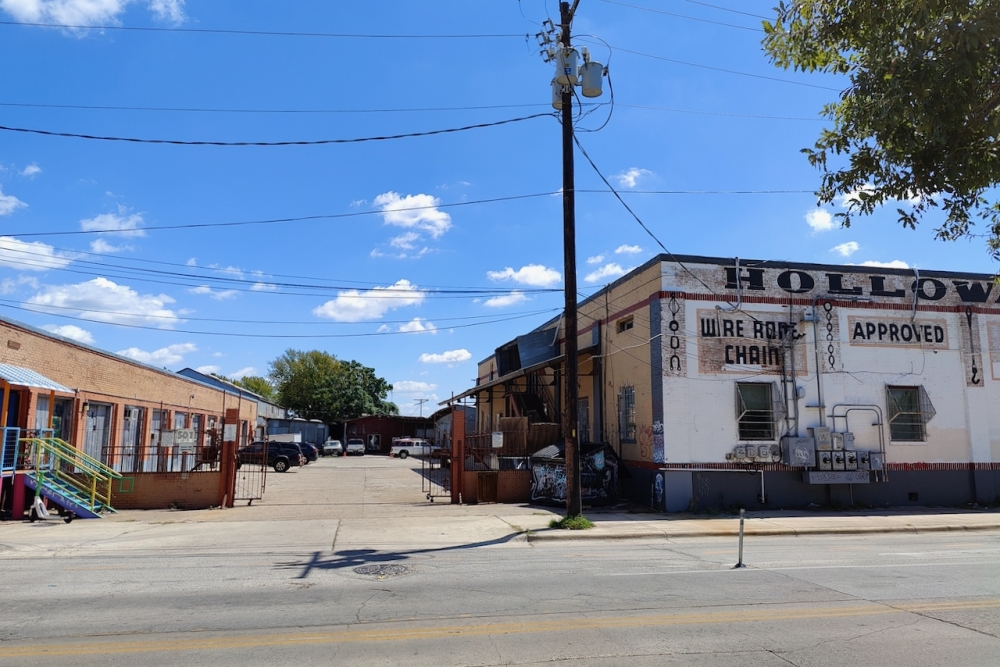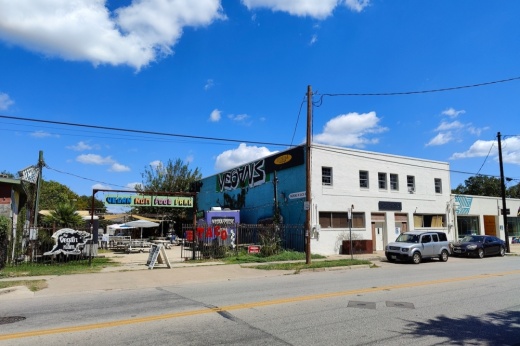Hundreds of affordable housing units will be included in those developments, which could reach seven or eight stories tall under the new policy that's drawing some resistance from residents living near the proposed projects.
How we got here
With a stated desire to bring denser, affordable housing and commercial projects to Austin's busiest corridors, city officials in 2022 expanded Austin's vertical mixed-use building program that's now been in place for almost two decades.
That expansion, labeled VMU2, granted taller building allowances to projects with a share of affordable housing. However, a court decision voided the program late last year following a resident lawsuit.
In response, VMU2 was replaced this year with a new policy geared toward similar goals: DB90, a density bonus program allowing for mixed-use construction up to 90 feet high in areas across the city.
DB90's provisions differ from the original VMU2, including a requirement for more lower-income housing than the overturned program called for. However, it didn't include a previous proposal to use localized affordability standards that was intended to reduce the risk of residential displacement amid new construction.
Now, between 10%-12% of the housing in a DB90 building must be affordable for residents earning between 50% and 60% of the regional median family income, or MFI. VMU2 standards were based on 80% MFI and may have been updated to use neighborhood, rather than regional, income levels.
What's happening
After a few initial approvals this spring, more zoning cases under the new DB90 designation have recently been approved with further plans also now lined up.
The zoning changes were briefly held up this year due to a program revision made in late August. That update came alongside City Council's approval of DB90 cases across the city, followed by several in September and continuing into the fall.
By the numbers
In total, the DB90 requests approved through late September could end up bringing new commercial spaces and at least 7,600 housing units to neighborhoods around Austin, according to zoning case information.
Those developments would also include hundreds of income-restricted units for households making 50%-60% MFI under the new affordability requirements.
“We’ve heard calls for more affordable housing for all kinds of people in all parts of town for years, and the council has acknowledged and joined those calls," Mayor Pro Tem Leslie Pool said in August. "The city is responding with policy revisions, and this dais continues to act. DB90 and its original iteration, VMU2, is just one example of specific, targeted action.”
The other side
The program has drawn ongoing criticism as city officials clear the way for more of the mixed-use projects.
Many individuals joined groups like the Austin Neighborhoods Council and neighborhood associations to call for a halt to DB90's spread until more public reviews and discussions take place. For example, the East Austin Conservancy sought to hold off on several rezonings this summer after its board president said neighbors had been "blind-sided" by the evolution of previous VMU standards.
Other community members have said the program's creation was rushed after the court decision that ended VMU2, and that the larger buildings now allowed under DB90 aren't in the best interest of nearby residents.
"You know the market's not going to solve all of our problems," said Chris Page, an east side neighborhood team representative, on Sept. 26. "Please take these things seriously and don't treat them like they're still administrative approvals; using a sledgehammer for brain surgery, using uncalibrated tools simply because they're popular among our most valuable political donors in the city."

“We understand that affordable development should be affordable to the existing residents in that neighborhood, especially for longtime residents to be able to stay in their neighborhood. Otherwise, you’re just causing more displacement," resident Noé Elias told council Aug. 29. "Even with the affordability requirements that you have now, some of my coworkers, some of the teachers can’t even live in that neighborhood where they teach, where some of them grew up in.”
Opposition to the program continued as officials signed off on additional DB90 rezoning requests.
Residents pushed back against the cases and stated that many neighbors likely aren't yet aware of the program's impact and wouldn't be in favor of the new construction. They also asked to hold off on further approvals until new versions of the policy, potentially with lower height limits, are put into place.
"I don't understand why we need to pass a DB90 today when we have less intense options coming. This is, again, setting the precedent for the neighborhoods and the people that will be displaced from these massive buildings," resident Jenny Grayson said in September.





